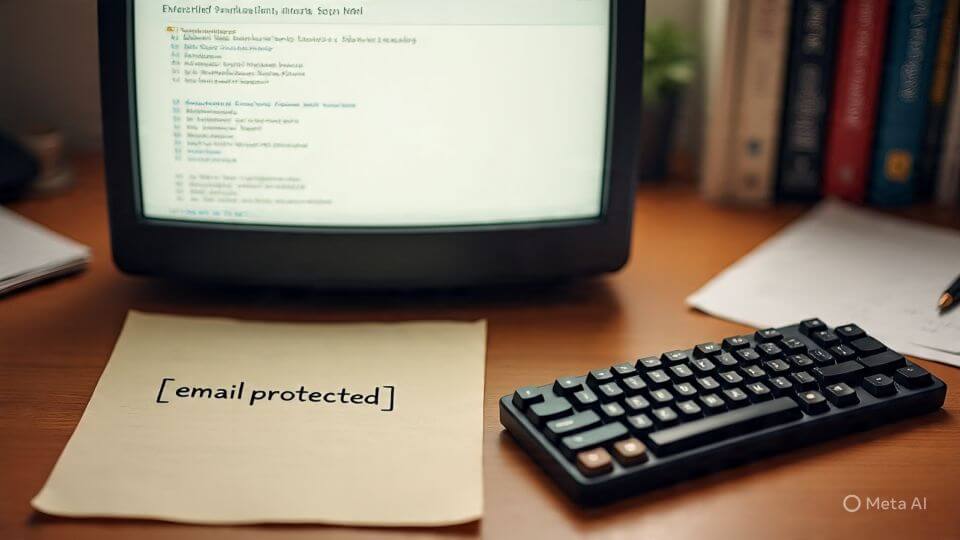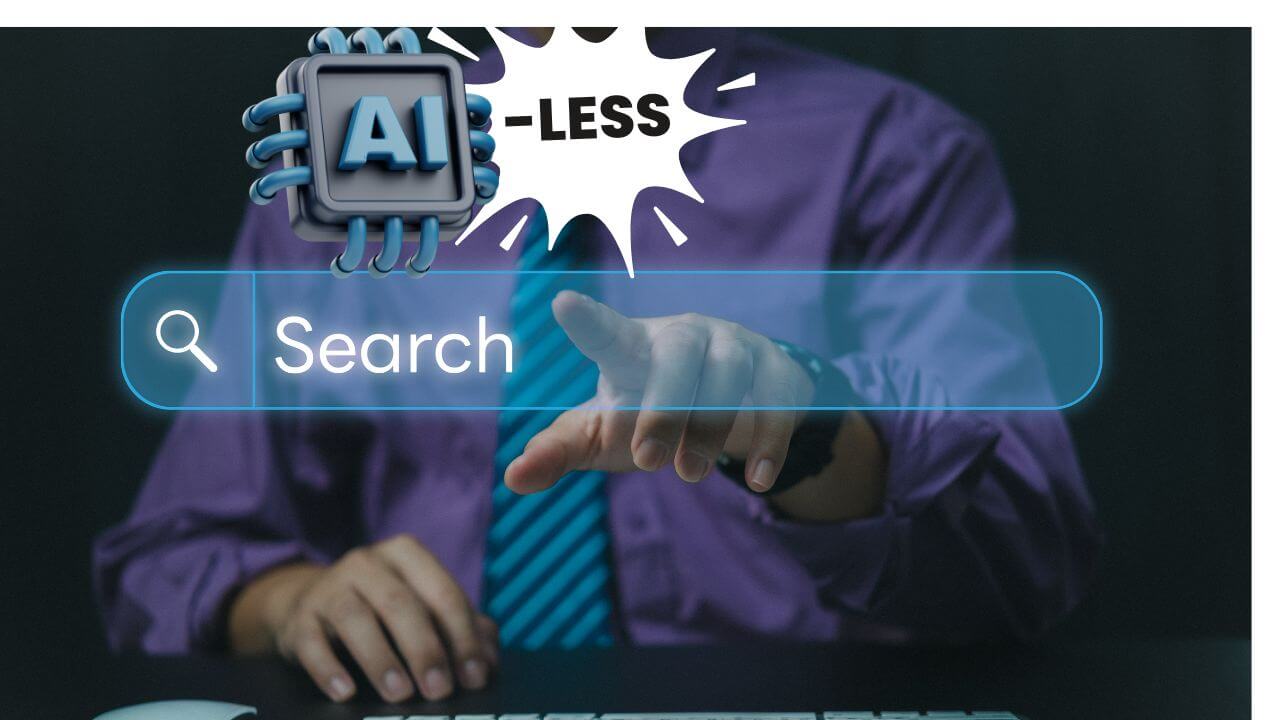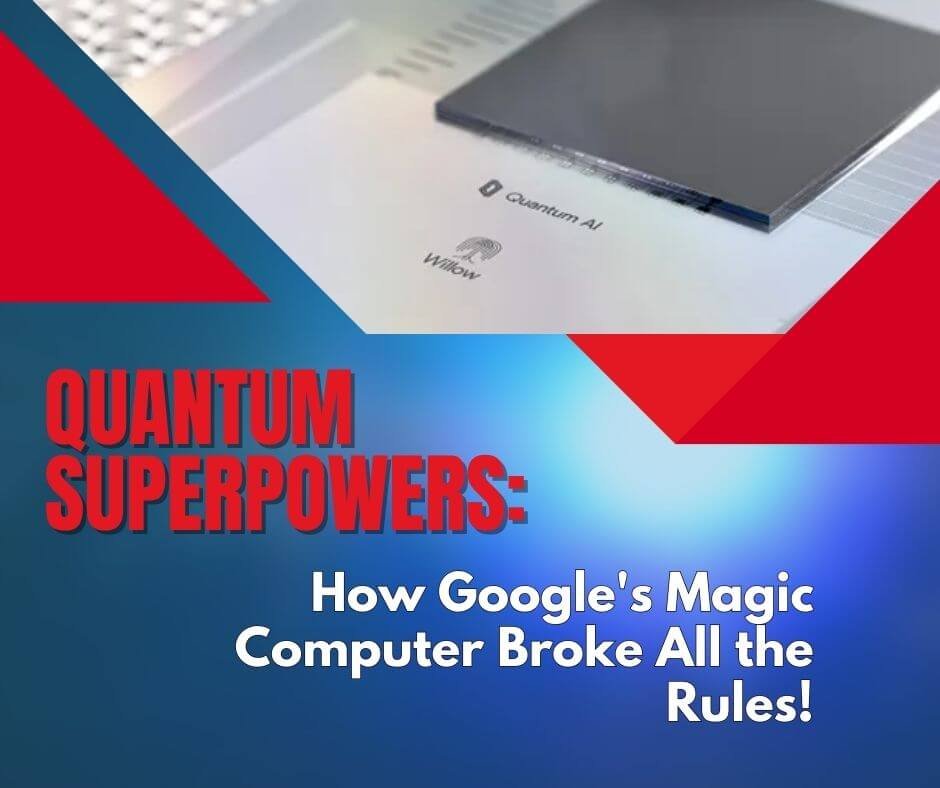Remember Your First Email?
If you grew up in the 90s or early 2000s, chances are your first taste of the internet was through an email address that looked something like [email protected] or [email protected]. That first email account wasn’t just a digital inbox—it was your identity online. You checked it in computer cafés, guarded the password like treasure, and maybe even used it to sign up for your very first social media platform or gaming forum.
Here’s the funny thing: that email address, which probably still exists if you haven’t deleted it, has managed to outlive more than half of today’s flashy AI startups.
The Fast Burn of Today’s AI Tools
Every week, a new AI app or service pops up, promising to “revolutionize” productivity, art, or communication. From AI copywriters to AI video editors, the landscape is buzzing with innovation. But here’s the catch—many of them vanish just as quickly as they appear.
Some fade away because of poor business models. Others can’t keep up with the infrastructure costs of scaling AI. A few even collapse under the weight of competition—because let’s face it, how many AI note-taking apps do we really need?
It’s a gold rush out there, but like every rush in history, not everyone makes it. Meanwhile, your clunky old Yahoo or Hotmail email address is still around, quietly reminding you that digital longevity is rare.
What Email Got Right (That AI Startups Don’t)
Why has something as “boring” as email lasted while hundreds of “revolutionary” AI tools haven’t? The answer is simple: utility and stickiness.
- Email was universal. You couldn’t join a website, sign up for a service, or even log in to chat rooms without one.
- Email was free. That’s a big one. No subscriptions, no hidden charges, just a password and an inbox.
- Email grew with you. From simple text letters to attachments, to mobile syncing, email has adapted instead of disappearing.
AI tools, on the other hand, often serve niche purposes. They might wow you once, but don’t become part of your daily routine. When they fail to embed themselves into habits, users move on.
Yahoo’s Lesson in Longevity and Reinvention
Interestingly, one of the OGs of email—Yahoo Mail—is still alive, though it’s no longer the powerhouse it once was. Yahoo didn’t fully capitalize on its dominance, and in many ways, it mirrors the struggles that AI tools face today: staying relevant in a rapidly evolving tech ecosystem.
There’s a great breakdown of this in AI Why Live, which explores Yahoo’s journey, its missed opportunities in search, and how the story connects to today’s AI race. It’s a reminder that tech giants and startups alike face the same challenge: adapt or fade into memory.
A Human Connection to Tech Longevity
Think about it—your first email address isn’t just a relic; it’s proof that not every tech creation needs to be the flashiest to survive. It just needs to work, to serve people, and to stick around long enough to become essential.
In contrast, AI startups often build around hype cycles. One month it’s all about AI writing, the next it’s AI avatars, then AI chatbots. Without deep integration into human behavior, they’re disposable.
Tribute to Hotmail: The OG That Started It All
Before Gmail, before Yahoo Mail’s heyday, and long before AI tools started popping up every week, there was Hotmail. Launched in 1996, it was more than just an inbox—it was a revolution. Suddenly, people could send emails for free from anywhere in the world. No ISP tie-ins, no school-only accounts, just a personal digital identity.
Hotmail wasn’t flashy. Its interface was simple, and the ads were noticeable. Yet it captured hearts because it solved a real problem: communication that wasn’t tethered to a desktop, a company, or a geographic location. It democratized connectivity in a way most AI apps today can only dream of.
Even after Microsoft acquired it in 1997 and rebranded it as Outlook.com years later, Hotmail’s DNA persisted. Millions of “hotmail.com” addresses are still active—proof that simplicity, reliability, and utility can outlast even the flashiest innovations.
Here’s the lesson for AI creators: Hotmail didn’t need hype cycles or influencer endorsements. It didn’t chase venture capital buzz or trend on social media. It just worked—and that’s why it’s still remembered fondly, decades later.
The Punchline: Old Email, New AI
So yes—your awkwardly named email from the 90s may still be sitting in some forgotten corner of the web, quietly mocking the endless rise and fall of AI tools. That’s the beauty of tech history. The things we thought were small—like signing up for free email—ended up shaping the internet far more than today’s headline-grabbing tools might.
Longevity in tech isn’t about noise. It’s about staying useful. And if your first email could outlive half the AI apps we see today, maybe the lesson is this: build things people can’t live without.






